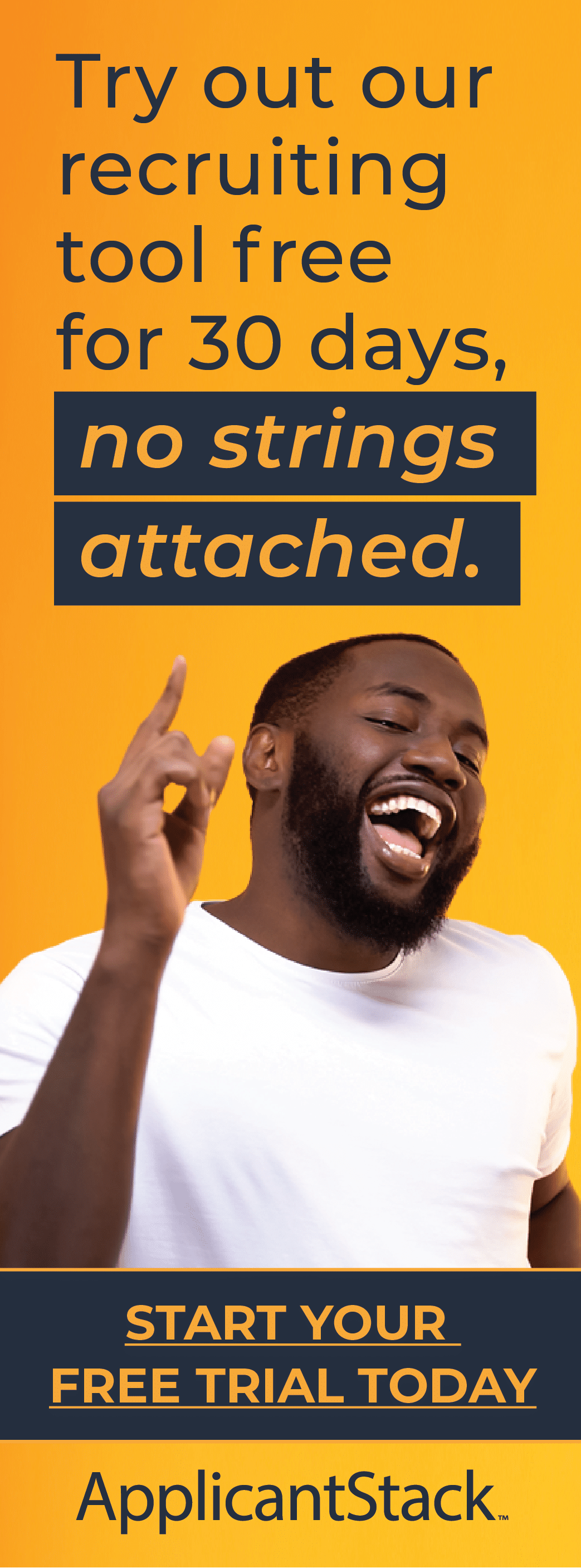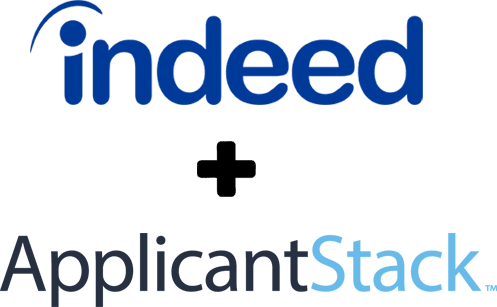Managing onboarding documents isn’t always straightforward. For many, it involves handling uncoordinated paper forms, PDFs and printouts. Some companies have updated their processes to include shared drives and folders in an attempt to adapt to new technological systems. But, if your onboarding document management isn’t seamless and intuitive, it can cause inefficiencies and delays down the line.
In this guide, we’ll list the essential new hire onboarding documentation, establish the importance of these documents and explore solutions for how to manage them effectively.
What are Onboarding Documents?
As an essential aspect of the onboarding process, onboarding documents allow organizations to collect required information and share information that you must make new employees aware of early on in their journey with your company. Often, these documents are presented shortly after a new hire as accepted their job offer or on their first day. The process involves the employee reading, acknowledging and sometimes signing forms to begin their role.
Onboarding documents should cover informative resources about their entitlements, such as benefits and pensions, as well as the institution itself. This can include a layout of the office building, compliance regulations like confidentiality agreements and data security policies. To help you remember the key aspects of onboarding, follow the 5 C’s rule.
The 5 C’s of onboarding are:
- Compliance: Policies and regulations
- Clarification: Job expectations
- Culture: Values and norms
- Connection: Networking and relationship building
- Check-back: Feedback and ongoing support
New workers might receive onboarding documentation in the form of digital attachments, links to shared documents or physical paperwork. For effective distribution, well-structured administrative systems must be in place that make the task simple for both HR members and the recent hire.
Before considering documentation management, it’s important to understand exactly what new employees need to get off on the right foot. Below, we’ve provided a comprehensive walkthrough of the onboarding documentation required when taking on new hires.
4 Main Types of Onboarding Documents
There are four main kinds of onboarding documents of which to take note when hiring. Make sure to get in touch with your HR team and hiring managers to ensure you have all the essential onboarding documents necessary for incoming employees.
1. Legal Forms
Required legal documents for new hires depend on the country in which your employees operate. For example, U.S. employees on a fixed salary must complete W-4 tax forms. Be sure to provide contractors and other non-permanent employees with information for legal forms within the onboarding documentation. Despite the distinct regional variations, they should cover the employment necessities, including:
- Taxes
- Healthcare
- Working hours
- Salary information
- Employment eligibility form
- Different types of leave (such as paid leave and sick leave)
- Criminal background checks
- Drug tests
- Liability waivers
2. Job-Specific Documents
As part of the onboarding journey, job-specific forms are the main documents you’ll need to deliver to new hires, starting with the transition from candidate to employee.
Job offer letter: An offer letter should provide a brief overview of the new position and formally extend a job offer in writing. Some job offers may include a welcome message, start date, and next steps for new hires, whereas others may await confirmation before delivering this information.
Employment contract form: The employment contract form should outline administrative details surrounding the new position, covering key information such as:
- Working hours
- Salary
- Holidays
- Position duties
- Company policies
- Contract renewal
- Termination guidelines
Process manuals: These will provide step-by-step instructions on how to complete various tasks associated with the role. Although process manuals are helpful to new employees, they shouldn’t replace formal training. Instead, they should function as a useful and accessible resource to remind them of what they’ve learned.
Role goals and responsibilities: On top of the other documents, it may be beneficial to provide a document outlining the key responsibilities and details of their new role. This will clearly underscore their main goals and provide best practices for succeeding in the position.
If there’s any information not covered in the job offer letter or employment contract, you can deliver this in another document that details company policies, procedures and expectations.
3. Company-Specific Documents
The internal documents are business materials that support new employees in understanding the organization’s culture, structure and expectations. Internal documentation should aim to establish the process of obtaining company-specific knowledge with a single, clearly laid out platform.
Here are a few ideas to help build an extensive overview of your company’s framework and guidelines.
Employee Handbook: These booklets give insight into the company’s general guidelines, referring to policies and procedures, as well as culture, mission and values. Employee handbooks also help businesses outline any legal procedures. Content can include:
- Environmental policies
- Ethics policies
- Dress code policies
- Non-compete agreements
- Non-disclosure agreements
- Company code of conduct
Your organizational chart: This type of diagram visually displays the managerial hierarchy within the organization. It provides information about various roles, responsibilities and relationships between individuals, which helps new hires identify relevant contacts and familiarize themselves with the team.
Workplace hybridization: Give employees information on their permitted workplace flexibility. Inform them of your company’s hybrid work practices and outline the structure of when they’re able to choose how and where they work.
Policy evaluation forms: Evaluation forms enable managers to assess the strengths, capabilities and progress of their team. Present this to new employees so they’re aware of the assessment criteria.
4. Pay and Compensation Records
Many employment agreements contain payment information and benefits, but this isn’t the case for all contracts. It can be found in other documents, such as:
- Pay and compensation plans: Detailed packages that establish an employee’s wages, salary, benefits and terms of payment.
- Pension and retirement documentation: Possesses an employee’s social security card information, proof of age, passport images and a full list of previous addresses for proof of identity.
- Paid-leave policies: Regulations that entitle workers to paid time off for certain instances, for example, vacation, sickness, family emergency, maternity and grief.
Further pay and compensation documents include:
- Direct deposit forms
- Healthcare benefit forms
- Stock options information
- Other benefits documents
When building your policy documents, evaluate which options work best for your business and provide employees with the utmost transparency. This will help support your employee satisfaction.
The Importance of Onboarding Documentation
Official documents underpin a company’s contractual relationship with its employees. Without a formal onboarding process in place, businesses would likely have trouble integrating new hires into their systems and processes, and newly hired employees would struggle to grasp the expectations of their roles and institution. This is certain to cause delays and setbacks that detrimentally impact employee satisfaction.
This documentation mitigates these risks by helping employees manage the realities of their roles, meet targets and obtain full transparency of the services available to them. Additionally, organizations gather the information they require to remain compliant, add employees to the payroll system and enroll new hires into the applicable benefits schemes.
It’s imperative that the onboarding documentation process is streamlined and frictionless to benefit both sides. If not handled appropriately, it can quickly form a bottleneck that impacts business growth, employee retention and the customer journey.
Here are a few ways to level up the onboarding experience for your new hires.
Form a Buddy Program
Forming a buddy system can be a simple way to offer real support for your incoming employees and help them settle into their new teams. A Harvard Business Review study found that new employees assigned a buddy were 23% more satisfied with their onboarding experience compared to those without buddies. After 90 days of working in their new role, results showed a 36% increase in satisfaction.
Assigning a designated employee to answer questions and handle concerns can provide a sense of emotional safety to your new hires. It also gives them a comfortable opportunity to bond with members of the team and integrate into the company.
Optimize Workflows
Onboarding can be an overwhelming and tedious task for both new hires and the HR team. Streamlining workflows to make onboarding more fun and intuitive affirms incoming employees that their company will nurture their well-being. Establishing productivity as your main priority will bode well for your internal brand image.
Make sure your onboarding process doesn’t end after one week. Employees should feel that onboarding is a guided, ongoing journey for seamless integration into their new company, ensuring they’re more than equipped to take on their new responsibilities.
How Do You Manage Onboarding Documents?
Manual onboarding processes lead to vicious cycles of lost productivity and human error. It’s best practice to mitigate this risk by taking advantage of onboarding software. The right solution will keep all your essential documents organized on one comprehensive, secure and easy-to-use platform. That’s where ApplicationStack can help.`
Simplify Onboarding with ApplicantStack by Swipeclock
Utilizing automation capabilities will optimize company time and reduce the number of procedures involved in your onboarding process. Our powerful employee onboarding software lets you:
- Manage documents effectively with an extensive onboarding checklist.
- Secure important documents with digital employee files.
- Streamline the signing stage and reduce physical paperwork with e-signing capabilities.
The Onboard tool is built into our hiring platform that streamlines the entire process of finding and bringing on new hires. Set yourself up for success. Start your ApplicantStack Onboard trial today!
- 3 Tips to Improve Communication with Applicants - April 26, 2024
- Understanding Contract-To-Hire and How It Works - April 23, 2024
- Should Your Job Listings Include Salary Information? - April 19, 2024











